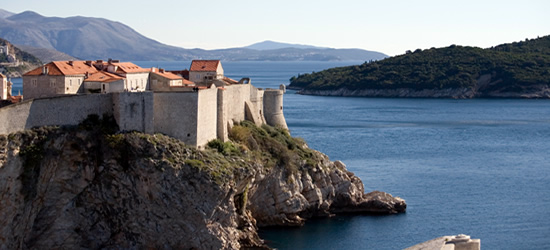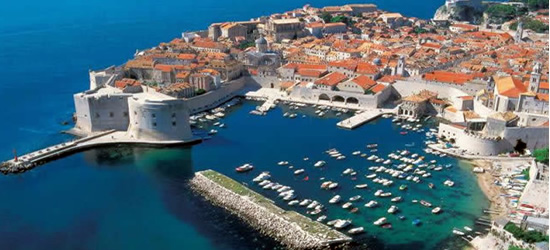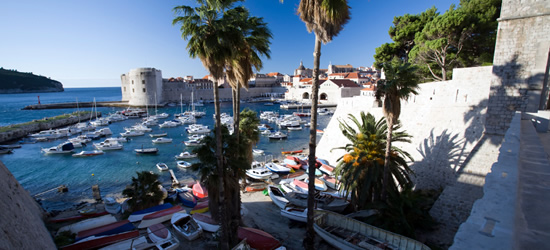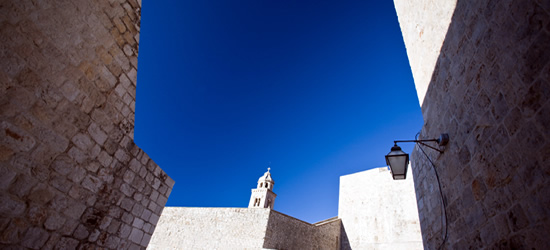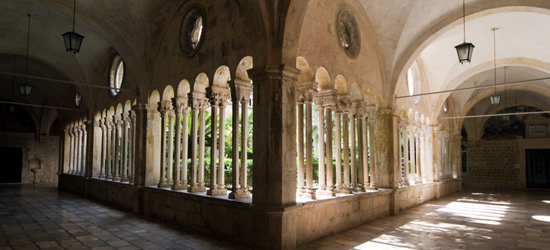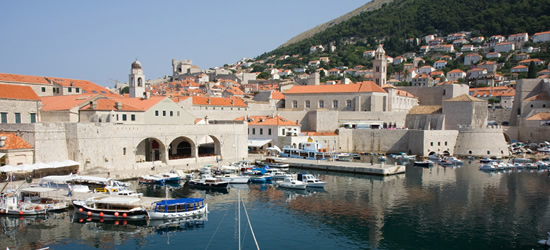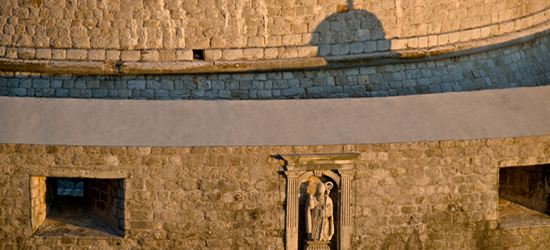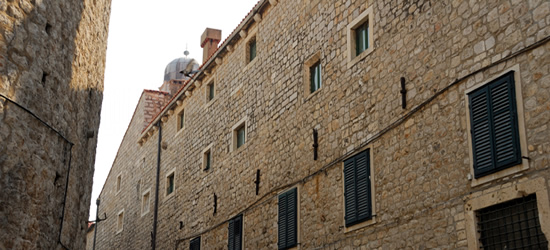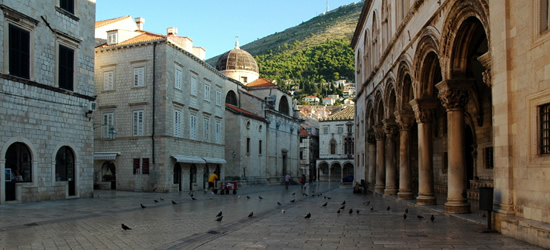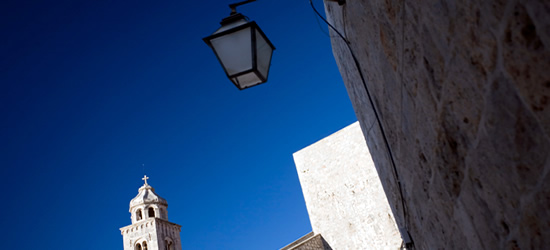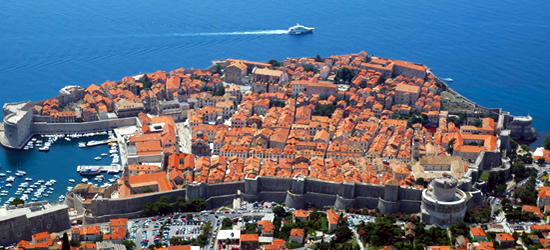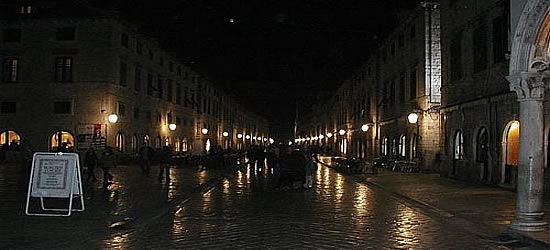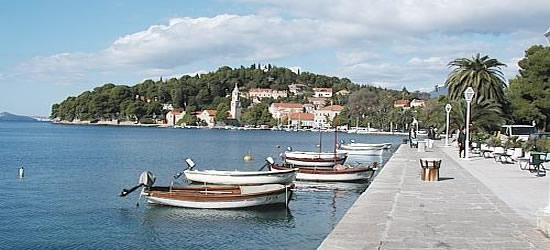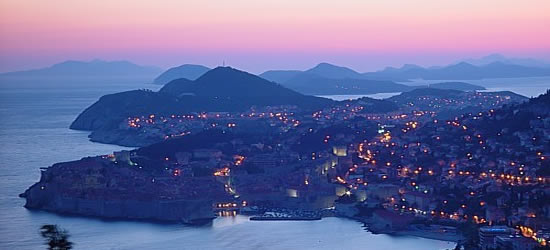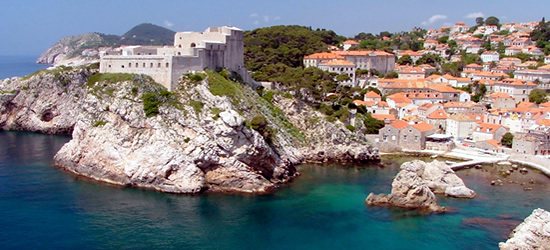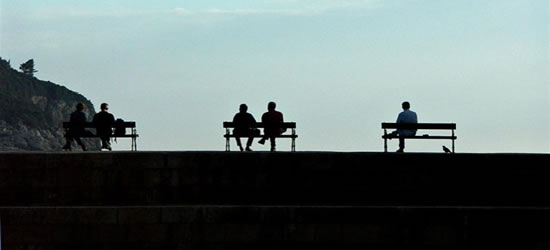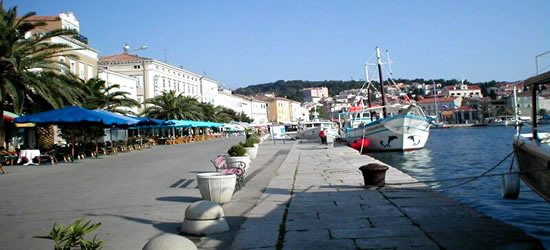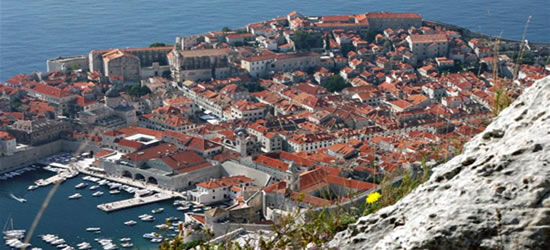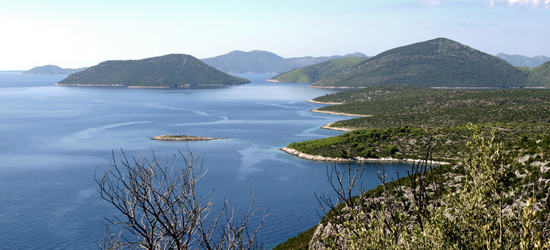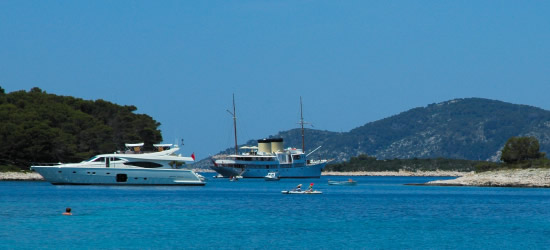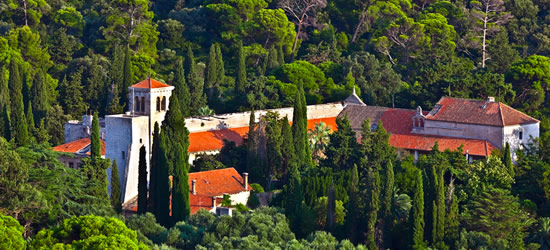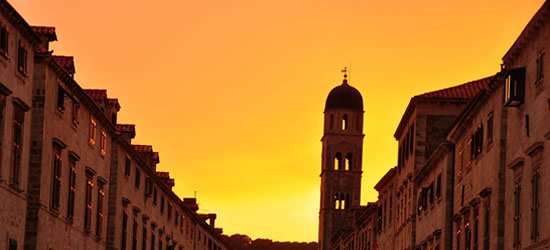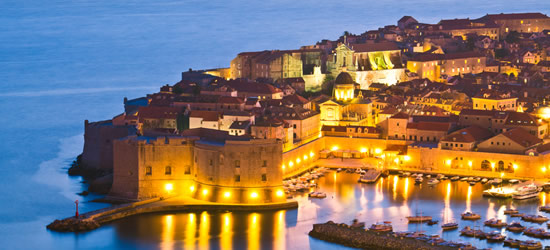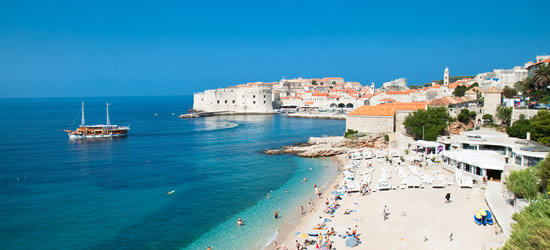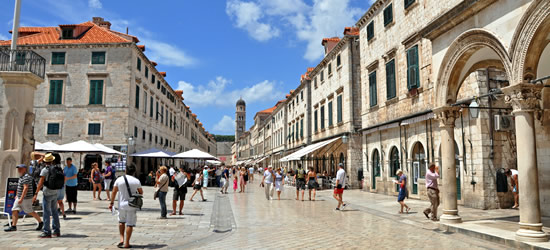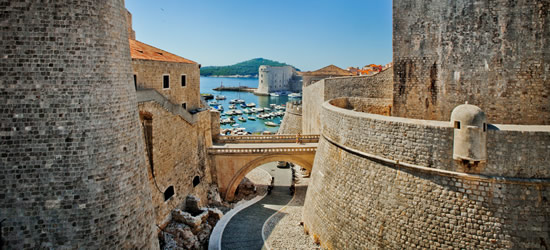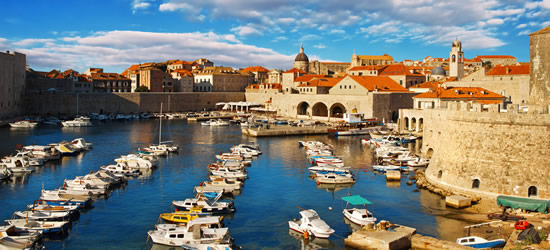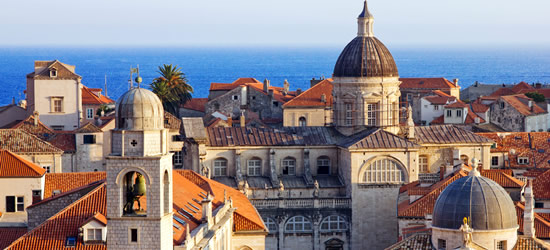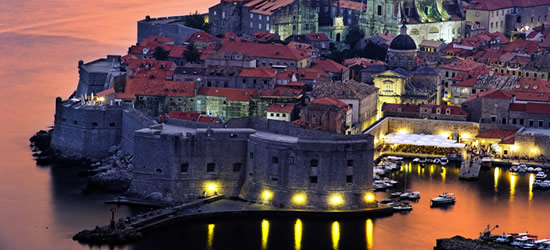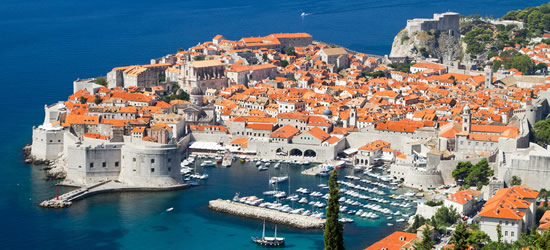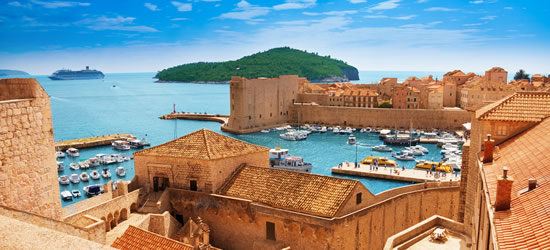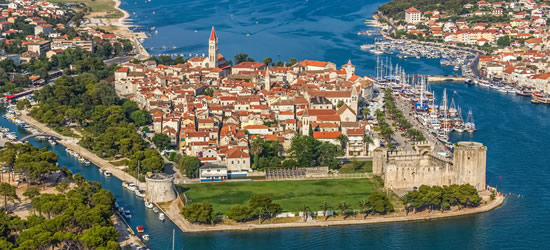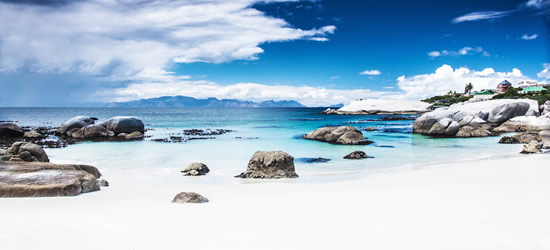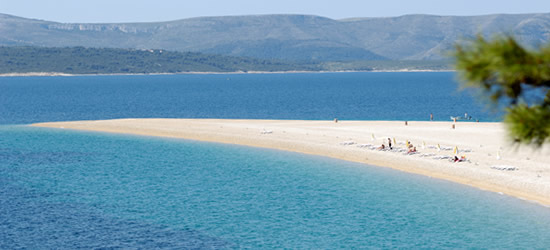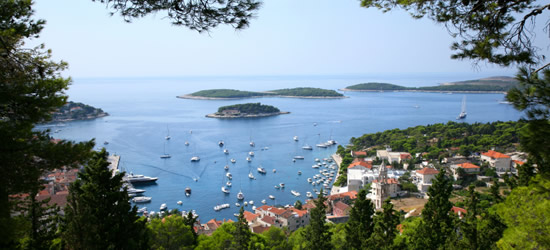Dubrovnik at a glance is a medieval city poised along the Adriatic Sea; what visitors will learn to see is the centuries of history imbued in every structure. Having exchanged monarchy after monarchy, it grew under the rules of the Venetians, Hungarians, Napolean, Slovenes and Serbs until it finally returned to Croatia. Like most cities built by the hands of refugees and military powers, its design is mired with both intimate village flair and maze-like streets meant to fortify.
Wander through the red roofed and tan-colored stonework typical of the city’s architectures, the wide plazas and walled fortresses. Narrow in on the restaurants and taverns that spill out onto limestone corridors that echo then climb mountains for sprawling views of the historical Old Town. Indulge in Dubrovnik’s vibrant art; visit galleries, museums, traverse through churches and sit through a musical night with Dubrovnik Symphony Orchestra. Art and history is the foundation of Dubrovnik’s allure.
The main draw however, lies with the city’s multitude of anchorages and sweeping bays. From jutting sand bars to rocky coastal edifices, viewing spots and top tier diving sites, Dubrovnik caters to all water affinities. Proximity islands also come in a range of characters; sweep through Mljet, Sipan, Kolocep, Hvar, Korcula and more for amazing natural entertainments.
When planning your trip, keep in mind that Dubrovnik experiences humid summers and wet winters. Weather is often mild although cold winds buffer the island from October to April. Visit between April to September for the citrus-scented air and comfortable temperature, sea breeze brushing through to alleviate sunny heat. Sailors might appreciate winter gusts but we highly recommend avoiding a November visit due to heavy rainfall.






